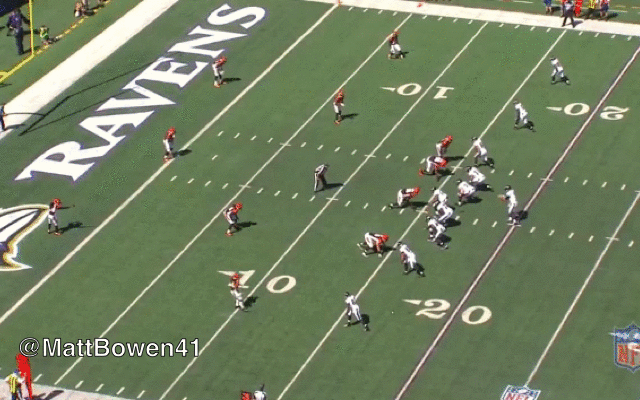I Have Seen the Future of Human Capital Management and background screening, and you’ve been using it for years. This was the working title for this article, but I changed it so the point really hits home for screeners. I don’t think people really grasp or understand how monumental the purchase of LinkedIn by Microsoft for $27 billion was in 2016. I don’t know what the actual stat is, but I’d be shocked if the number of professionals on LinkedIn was less than 75%. They have 562 million users (260 million active on a monthly basis) Some pretty intriguing stats here as well. If I had to venture a guess, it would be closer to 90% of working professionals, especially in the US. I would also venture to guess that Microsoft Office products also have the largest market share among like products in the workplace. What does this all mean? Huge synergies; Find, hire, onboard, collaborate, operate, all within LinkedIn.
It was just announced by CNBC that Microsoft CEO Satya Nadella’s compensation going forward will be largely tied to the performance of the LinkedIn brand. Two important things have happened recently. First, LinkedIn acquired Glint for $400 million earlier this month; Glint is a piece of software that helps companies measure if their employees are happy. Not monumental on its own, but stay with me here. Then came the biggest news, Talent Hub. Talent Hub is a new candidate management experience targeting the needs of mid-sized and large companies. The new Talent Hub will offer hiring teams complete visibility into every stage of the hiring process and how candidates have engaged. It will also deliver insights about the candidates, the talent pool, and the market at every stage of the hiring process. Companies will be able to do the following using the new Talent Hub, and this is only version one.
- Open requisitions and determine job targeting
- Source candidates via Recruiter Search
- Manage your complete pipeline
- Schedule interviews
- Collect feedback from hiring committees
- Extend offers to candidates
LinkedIn is getting into the Applicant Tracking System (ATS) space. To me, this is huge news all on its own, combined with Glint, it’s even bigger. Applicant tracking systems rely heavily on information contained inside LinkedIn, it is leveraged to create applicant profiles in order to begin the process of bringing talent into the organization. LinkedIn now ties together their LinkedIn Jobs platform with the soon to be powerful ATS. This puts traditional applicant tracking systems at a huge disadvantage because instead of being one spoke in the wheel, they now have to compete with essentially the entire wheel and soon the whole car. Everything in the tech world today is going “frictionless.” This is the first frictionless application I have seen in the HR space. Combine that with Glint and now once the employee is onboarded, employers can track their happiness while at work.
What does this mean to background screeners? LinkedIn has been actively looking for a background screening company to acquire. It may not happen tomorrow, and they may partner with one while they figure it all out, but it’s not in the Microsoft playbook to simply align with someone. They like to own, grow and dominate in an industry. All this equals frictionless hiring, onboarding, engagement and screening. HR professionals and job seekers will never have to leave the LinkedIn platform. Everything they need will be nicely packaged inside the user’s profile. Oh yeah, they’ve also been screened for their full background, their ability to do the job is in there measured and reported by their peers, and their success as an employee has been quantified and qualified.
“XYZ company needs to hire 25 people for various positions, they can search LinkedIn for the perfect candidates whom may or may not be looking for a job; they’re ready to work and, their background check is completed before you log off.”
We are now in a world of plug and play, and it’s not a benefit, it’s an expectation. I heard a great line at the keynote at the NAPBS conference; “Millennials and Generation Z are not tech savvy, they’re tech dependent.” They want it fast, easy and without friction, plug it in and it works. Think of the next generation hiring like ordering an uber; you need a new controller, HR generalist, plant manager……your new, and screened employee will be pulling up in 2 minutes!
Background screeners need to prepare and more importantly, they need to forward think! Do you have tight integrations with applicant tracking systems now, if so, how good is your relationship? Do you have all the tools and products your competition does? If not, you could be at a huge disadvantage as applicant tracking systems will be scrambling to find ways to compete with LinkedIn. Its hard to think of these things while business is good, but if you’ve been holding off on innovating, adding technology, developing partnerships and adding top talent, then consider this a warning: the future will be difficult for you because your competition is doing all these things…. where does that leave you?






